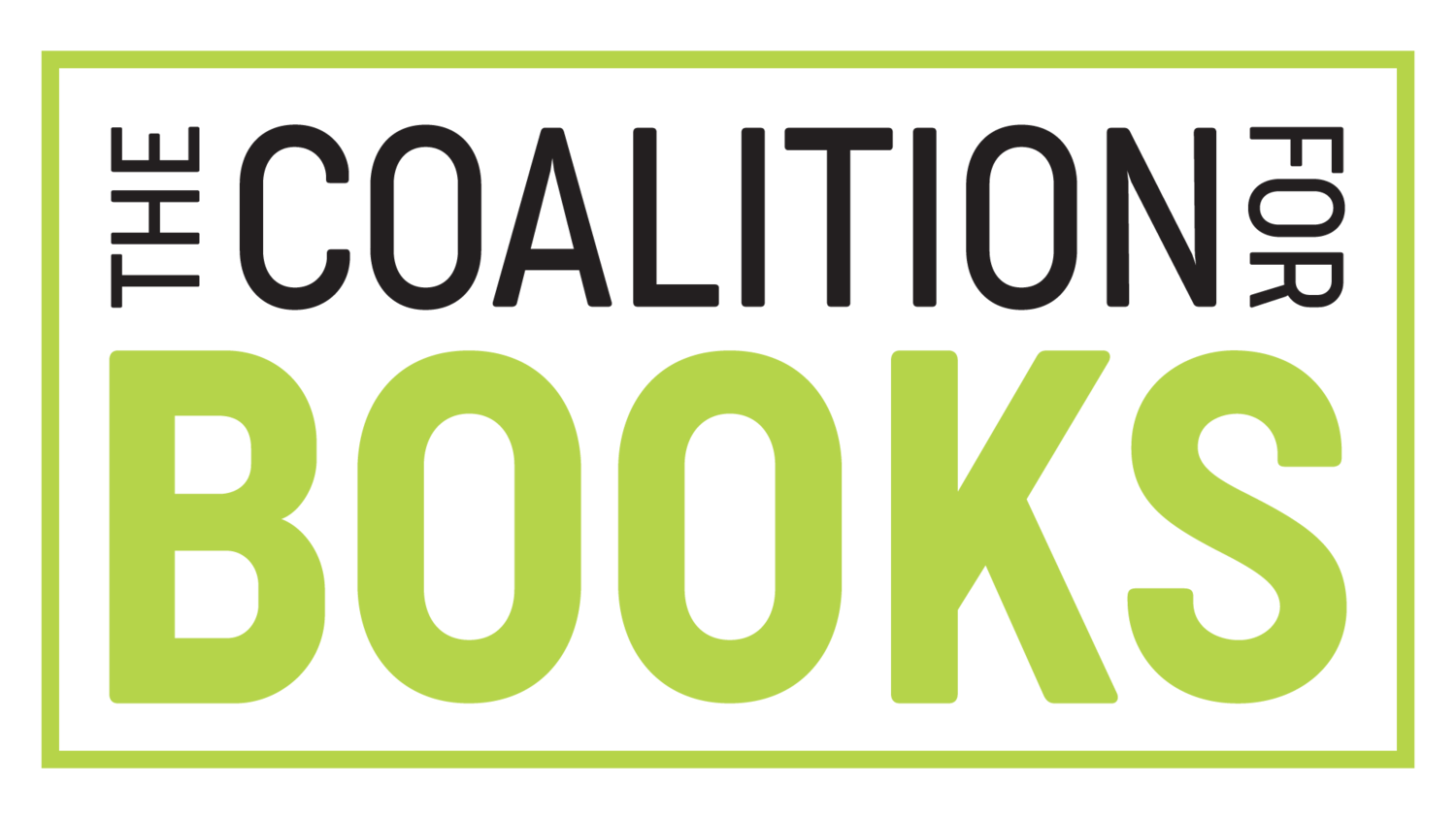NZ Book Sector Unites to Drive Growth, Protect Copyright and Increase Local and Global Visibility
The New Zealand book publishing sector comprising author, illustrator, publisher, bookseller, writer festival, copyright, library, reader and educator representatives have joined forces for the first time, committing to increase the visibility and sales of books by local authors as a priority.
The show of unity, summarised in Mahi Tahi Work Together: A Strategic Plan for the Aotearoa New Zealand Book Sector 2025 – 2030 highlights goals and action areas that will drive growth, sustainability, and greater local and international recognition of New Zealand’s literary works.
Chair of the Coalition for NZ Books Melanie Laville-Moore says local novelists such as Catherine Chidgey, Nicky Pellegrino, Charity Norman, Jenny Pattrick and Witi Ihimaera have shifted the dial on public demand for NZ adult fiction titles.
‘Despite the current economic and social headwinds facing all retail sectors, Domestic publishing revenue grew by 5% in 2024, with a slight 2.4% increase in revenue also generated in 2023 compared to the year prior*. Local book lovers are reading more novels written by NZ writers than ever before, across all genre: crime, contemporary, historical and literary fiction. The ‘cultural cringe’ days where Kiwis shied away from reading books written by their own are gone.
‘One of the aims of collaborating as a sector is to capitalise on the hunger Kiwis are showing for stories by and about ourselves.’
Laville-Moore says Mahi Tahi aligns with the Government’s Amplify: Creative and Cultural Strategy for New Zealand (2024–2030), outlining priority areas that require government support.
‘The sector wants to work with government to modernize the Copyright Act and the Public Lending Right Act to protect and value intellectual property in the digital age, addressing risks such as AI misuse and copyright infringement.
‘Books and literature need to have a dedicated literary funding stream within Creative New Zealand ensuring equity with other creative sectors. And we want books and writers to be included in cultural diplomacy efforts internationally, to grow export revenue for the literary arts.
‘A unified approach to government regarding these significant opportunities for the sector signals our collective intent,’ says Ms Laville-Moore.
The coalition also confirms increased sales of educational and children’s books as a priority. Unit sales of educational books, or those titles destined for early childhood, primary and secondary institutions, after a 22% decrease in 2023, recorded a small gain of 4% in the past year*.
‘The positive impacts of reading at home and at school on student literacy performance are well established. Studies like PISA demonstrate that reading for enjoyment is associated with higher literacy achievement**. This suggests a correlation between declining literacy rates and declining sales of books for students and children. As a unified sector, we can work alongside government to address the longtime trend of declining literacy rates. There is huge potential there.’
‘By working together, we can ensure the book sector in Aotearoa New Zealand continues to thrive, enriched by diverse local voices and fostering a strong reading culture,’ says Ms Laville-Moore.
* Publishers Association of New Zealand Market Size Report 2024
Access Mahi Tahi Work Together: A Strategic Plan for the Aotearoa New Zealand Book Sector 2025 – 2030 below
More information can be found here.

